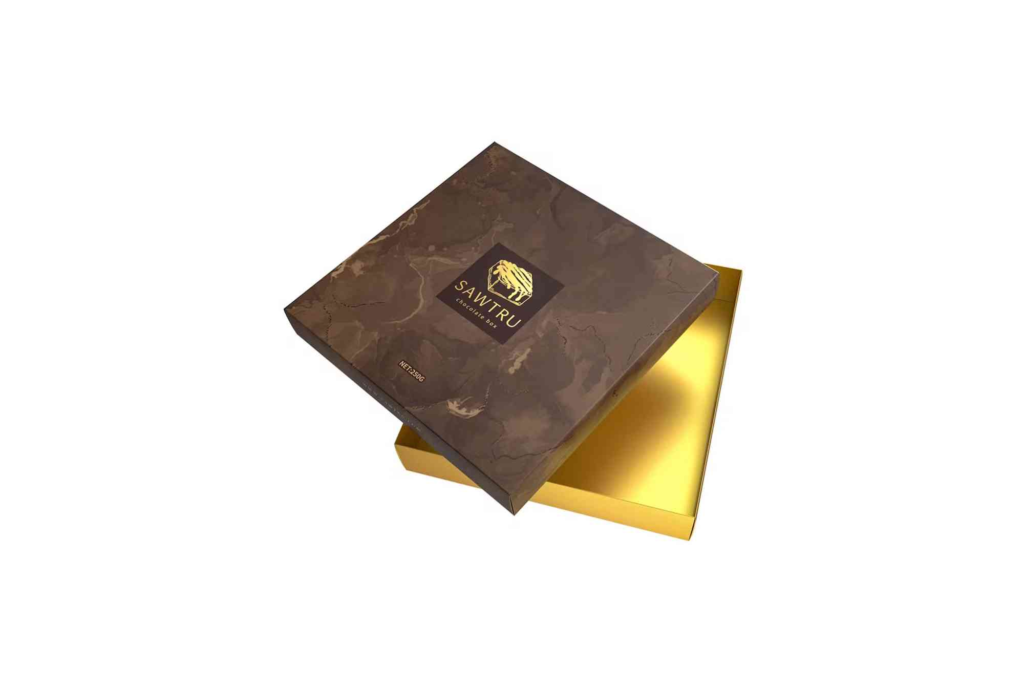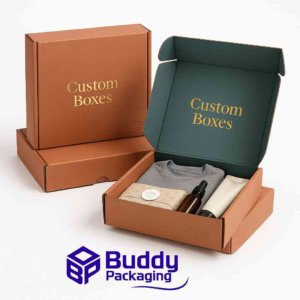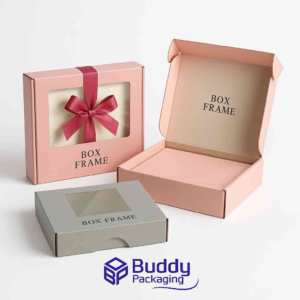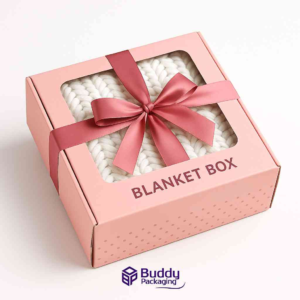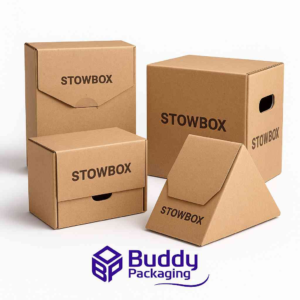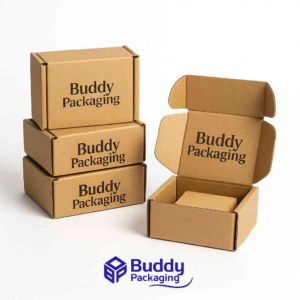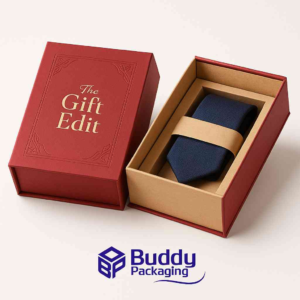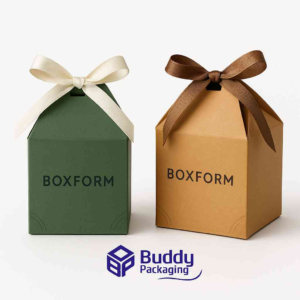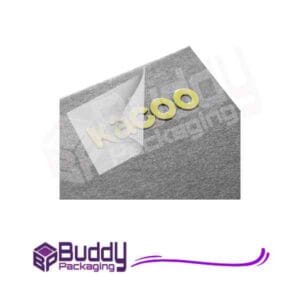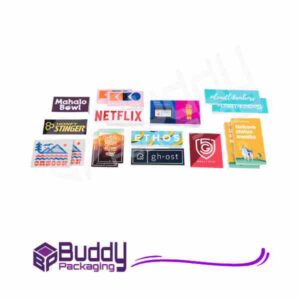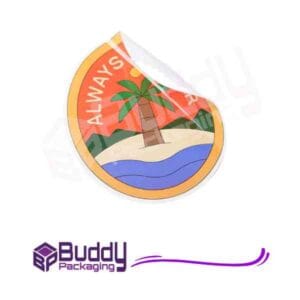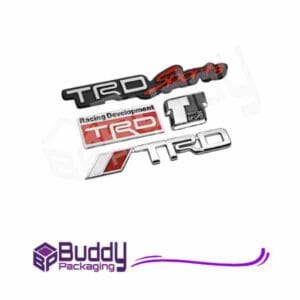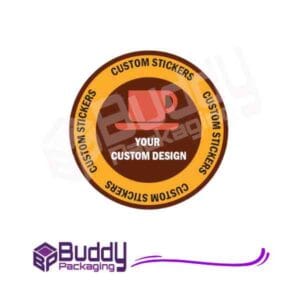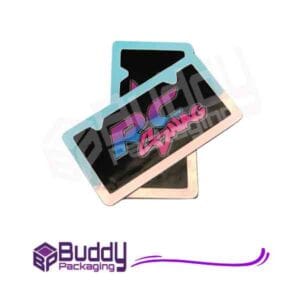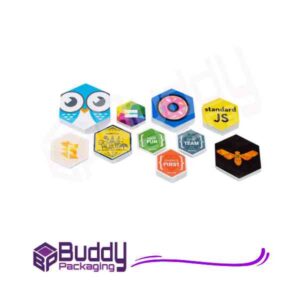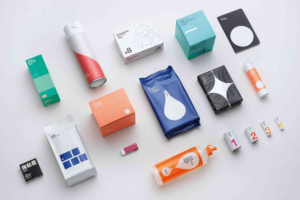Chocolate Box Packaging Design: A Complete Guide to Sweet Success
Chocolate is not just a confectionery delight — it’s an experience of emotion, indulgence, and art. Whether you’re a premium chocolatier or a new brand entering the market, your packaging design is often the first conversation you have with your customer. In today’s competitive market, chocolate box packaging design is more than just wrapping; it’s a key marketing element that conveys luxury, quality, and story. This guide explores everything you need to know about creating irresistible chocolate box designs that captivate customers and build lasting brand loyalty.
The Importance of Chocolate Box Packaging Design
Packaging is the bridge between the brand and the buyer. When it comes to chocolates, it’s not just about protection — it’s about presentation, perception, and persuasion. A beautifully crafted chocolate box packaging design reflects the essence of your brand. It tells a story even before the customer opens the box. A luxurious design can evoke emotions like joy, nostalgia, or romance, making the experience of unboxing almost as delightful as the chocolates inside.
Modern consumers are more design-conscious than ever. They associate good packaging with high quality. A unique chocolate box design can set your brand apart on crowded shelves, attract gift buyers, and encourage social media sharing. In fact, packaging plays a huge role in impulse buying, especially when it comes to premium or festive chocolates.
Key Elements of Effective Chocolate Box Packaging Design
Brand Identity and Storytelling
Your packaging is a silent ambassador of your brand. The logo, colours, typography, and design style should align with your brand’s personality. Whether your chocolates represent luxury, tradition, or fun, the box design should echo that identity. A consistent design language across your chocolate collection builds brand recognition and trust.
Choice of Materials
Material selection plays a vital role in both aesthetics and sustainability. Cardboard, kraft paper, and rigid boxes are popular choices, depending on your brand’s goals. For a premium look, many brands use high-quality rigid boxes with magnetic closures, inserts, or metallic finishes. Eco-friendly materials are becoming more popular, reflecting the growing demand for sustainability. Recyclable or biodegradable packaging can enhance your brand’s image and appeal to environmentally conscious consumers.
Colour Psychology
Colour evokes emotion. Dark tones such as black, gold, and burgundy create a sense of luxury, while pastel hues give a softer, more romantic vibe. Vibrant colours can make the packaging look playful and modern. The right colour combination enhances your brand message and draws attention on display shelves.
Typography and Graphics
Elegant fonts and minimalistic designs often suggest premium quality, whereas bold fonts and creative illustrations give a more youthful, energetic impression. The font style should be legible and consistent with your brand tone. For instance, cursive fonts are commonly used for handcrafted chocolates, while sans-serif fonts might suit modern, minimalist brands.
Shape and Structure
The shape of the box can significantly influence customer perception. Standard rectangular boxes are versatile, but unique structures like hexagonal, heart-shaped, or drawer-style boxes can make your product stand out. Multi-layered boxes or compartments create a sense of discovery, making the unboxing experience more memorable.
Finishing Techniques
The final finish is where design truly comes alive. Techniques like embossing, debossing, foil stamping, spot UV, and matte or gloss lamination elevate the look and feel of your packaging. Adding these premium touches helps your brand compete with established names in the chocolate industry. For more print & finishing insights, you can explore PrintWeek — a valuable resource for staying updated on modern printing techniques and materials.
Sustainability in Chocolate Box Packaging
In recent years, sustainability has shifted from a trend to a necessity. Consumers today are increasingly eco-conscious, and brands are responding with sustainable packaging solutions. Using recycled paper, soy-based inks, and biodegradable coatings reduces environmental impact without compromising design quality. Transparent communication about your eco-friendly packaging efforts can boost your brand’s reputation and customer loyalty.
Brands that incorporate sustainability into their chocolate box packaging design not only reduce waste but also connect with the values of a modern audience. It’s about creating packaging that looks good, feels good, and does good for the planet.
Enhancing Customer Experience through Design
An exceptional unboxing experience turns a simple purchase into a memorable event. Elements like magnetic closures, ribbon ties, or inner dividers add a sense of luxury. Some brands use subtle fragrances or textured materials to enhance the sensory experience. Personalisation, such as custom notes or branded inserts, can make customers feel valued and special.
Visual storytelling through packaging design can emotionally connect with your customers. Imagine a box design inspired by cocoa farms or one that celebrates local artistry — it creates authenticity and helps the customer relate to your brand’s journey.
Digital Printing and Modern Technology in Packaging
Advancements in digital printing have revolutionised the packaging industry. High-resolution printing allows for intricate designs and vibrant colours that were once impossible. Variable data printing enables personalisation at scale, letting brands print unique names or messages on each box.
Smart packaging features like QR codes can direct customers to your website, share the brand’s story, or even offer digital loyalty rewards. The fusion of technology and design provides a seamless brand experience that extends beyond the physical box.
Balancing Cost and Creativity
Designing luxurious packaging doesn’t always mean high costs. Strategic design choices — such as selecting the right material thickness, efficient box structures, and cost-effective finishing — can help maintain quality within budget. Partnering with expert manufacturers like Custom Boxes suppliers allows you to achieve premium results while managing production expenses efficiently.
Trends in Chocolate Box Packaging Design
The packaging world evolves constantly. Some current trends dominating the chocolate industry include minimalism, sustainability, and storytelling. Transparent windows are making a comeback, allowing customers to see the product before purchase. Interactive packaging, like QR codes leading to origin stories, adds value to the experience.
Seasonal and limited-edition designs are another strong trend. Chocolatiers often release festive packaging for holidays such as Valentine’s Day, Christmas, or Eid. These themed designs not only drive sales but also strengthen brand visibility during peak seasons.
The Role of Packaging in Brand Perception
Your packaging is often the first tangible interaction a customer has with your brand. It communicates professionalism, trust, and care. High-quality packaging can transform a casual buyer into a loyal customer. A well-designed chocolate box reassures customers that what’s inside is equally premium. It’s an invitation to indulge in a luxurious experience.
A thoughtful chocolate box packaging design also encourages word-of-mouth marketing. When customers share unboxing moments on social media, your design becomes a visual ambassador for your brand.
How to Design Your Perfect Chocolate Box
Designing a chocolate box requires a strategic blend of creativity and practicality. Start with your brand’s core values and audience preferences. Sketch multiple concepts, experiment with colours and shapes, and choose materials that align with your sustainability goals. Work closely with a packaging expert to refine the prototype until it meets your expectations.
Remember to test the packaging for durability, especially if you’re shipping chocolates. Temperature, humidity, and handling can affect the product’s quality. Functional yet aesthetic packaging ensures your chocolates reach the customer in perfect condition.
Conclusion: The Sweet Power of Great Design
In the world of confectionery, taste may win hearts, but packaging opens the door. A well-crafted chocolate box packaging design does more than protect your sweets — it defines your brand, engages your audience, and turns a simple treat into a memorable gift. From material choices and finishes to storytelling and sustainability, every element matters in creating an unforgettable impression.
If you’re ready to elevate your brand’s packaging and design chocolates that speak elegance and emotion, explore Custom Boxes by Buddy Packaging. Their expertise in design, materials, and manufacturing can bring your vision to life. You can also visit their Buddy Packaging Location for in-person consultations and tailored packaging solutions.
Frequently Asked Questions
What makes good chocolate packaging?
Good chocolate packaging combines visual appeal, durability, and functionality. It protects the chocolates while reflecting the brand’s personality through design, colour, and material choice.
Why is packaging important for chocolates?
Packaging safeguards chocolates from environmental damage and enhances brand appeal. It influences purchasing decisions and adds value to the product.
How do you design a luxury chocolate box?
To design a luxury chocolate box, focus on premium materials, elegant typography, and high-end finishes like embossing or gold foil. Minimalist designs with rich textures often convey luxury.
What materials are best for chocolate boxes?
Rigid paperboard, kraft paper, and eco-friendly cardboard are popular choices. They balance durability, print quality, and sustainability, ensuring a polished finish.
Can sustainable packaging look premium?
Absolutely. With modern printing and finishing options, eco-friendly materials can look just as luxurious as traditional ones while appealing to environmentally conscious consumers.

